
Steering board and leadership
The steering board consists of representatives from each of our 18 partner organisations. The steering board works closely with the centre's director and project coordinator. Together, the steering board and leadership develop and implement the GGBC's vision, ensuring maximum impact in accelerating biodiversity research and knowledge.
GGBC Steering board
Marie Stenseke (Chair of the GGBC Steering Board)
Marie Stenseke is a professor in human geography at the Department of Economy and Society at the University of Gothenburg. Her research concerns biodiversity, nature conservation and landscape management from a social science perspective.

Marina Antonina Zoe Panova, Centre for Sea and Society, University of Gothenburg
Marina is a deputy director of the Centre for Sea and Society hosted at the Department of Marine Sciences at the University of Gothenburg. Her research focuses on molecular mechanisms and the evolution of adaptations in natural populations.
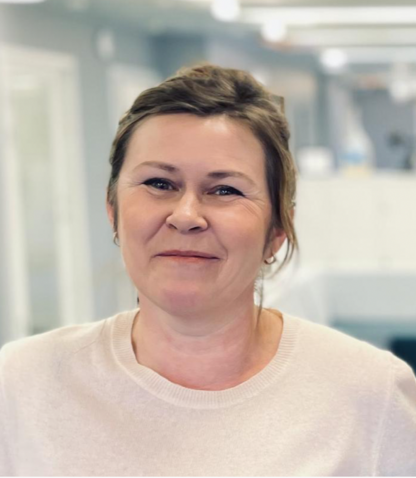
Åsa Arrhenius, Dept. of Biological and Environmental Sciences, University of Gothenburg
Åsa is the head of the Department of Biological and Environmental Sciences at the University of Gothenburg. Her research background is in environmental science with a focus on ecotoxicology and the effects of mixtures or so-called chemical cocktails.
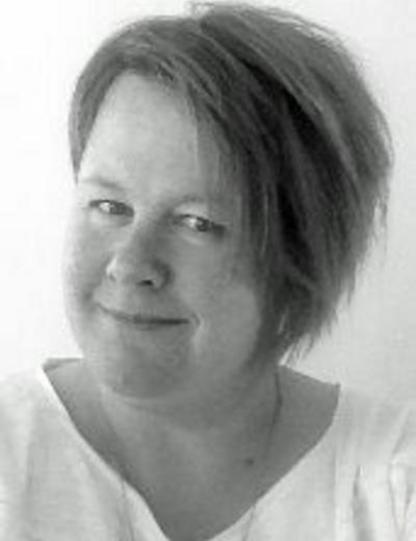
Mattias Lindholm, Västkuststiftelsen
Mattias is Västkuststiftelsen's new head of nature conservation. He has obtained his PhD working on the ecology of heathland communities.
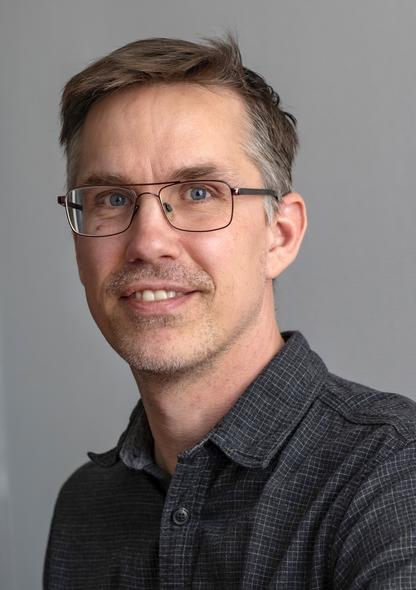
Mats Havström, Gothenburg Botanical Garden
Mats is the Senior Scientific Curator of Gothenburg Botanical Garden. His research interests are Plant Ecology, climate change and its relation to the conservation of biodiversity with a special interest in applied work for communities with wildland habitats.
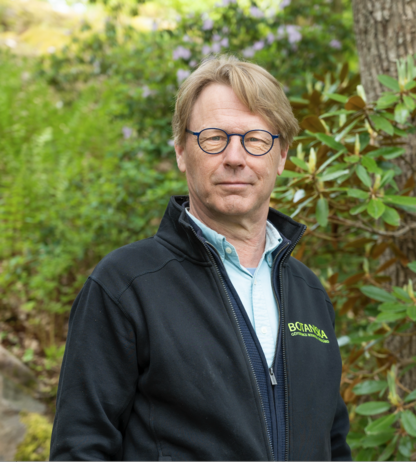
Ulrika Palme, Environmental Systems Analysis, Chalmers University of Technology
Ulrika is a senior lecturer at the Chamers University of Technology with research and teaching topics including impacts on biodiversity from land use. She finished her MSc in biology at the University of Gothenburg in 1992, and her PhD in environmental systems analysis at Chalmers University of Technology in 2007.

Stefan Örgård, Gothenburg Natural History Museum
Stefan is the Museum Director at the Gothenburg Natural History Museum. He has an education in marine ecology and has a long experience in communication science.
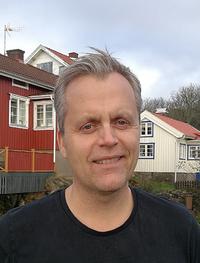
Helen Sköld, Havets Hus
Helen is the aquarium manager at Havets Hus located in Lysekil as well as an associate professor in marine zoology at the University of Gothenburg.
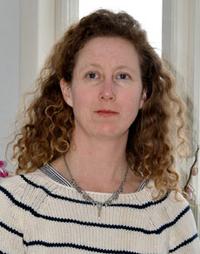
Claes Gustafsson, Herbarium GB
Claes is a Museiintendent and the Head of the Herbarium at the University of Gothenburg. He has a Ph.D. in Botanical Taxonomy and Systematics and has worked with botany at the University of Gothenburg, the Gothenburg Botanical Garden, and the Gothenburg Botanical Society.
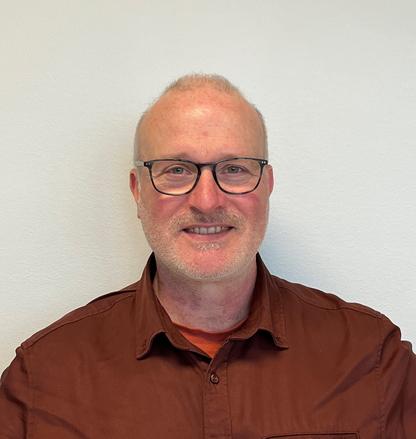
Matthias Obst, Dept. of Marine Sciences, University of Gothenburg
Matthias is an Associate professor in Marine biology at the University of Gothenburg in Sweden. He has 16 years of experience as an academic researcher, infrastructure developer, and project manager in the marine environmental sector. Matthias is especially interested in building observation systems for biological diversity in the ocean.
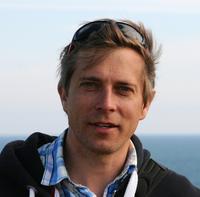
Robert Björk, Dept. of Earth Sciences, University of Gothenburg
Robert is a senior lecturer at the Department of Earth Sciences at the University of Gothenburg. His work focuses on plant community dynamics to greenhouse gas fluxes in terrestrial systems, focusing mainly on the tundra environment.
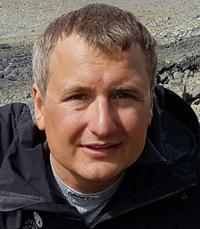
Björn Källström, Maritime Museum and Aquarium, Gothenburg
Björn is the development leader at the Maritime Museum and Aquarium in Gothenburg. He is also involved in havet.nu, a news outlet focused on science and facts about the sea, and engaged in a lot of public education. Björn is the leader of the research working group in GGBC.
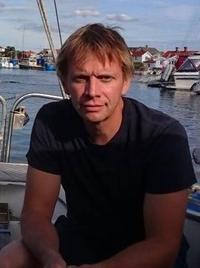
Håkan Sigurdsson, Universeum
Håkan is the Scientific Director at Universeum. He has a PhD in biophysics from University of Stockholm and a MSc in physics from Chalmers. He has been working with science communication at Universeum since 2008 and before that in the industry of life science and IT-technology.
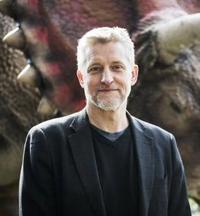
Mats Höggren, Nordens Ark
Mats is the director/CEO of Nordens Ark, a Swedish non-profit foundation dedicated to the preservation of endangered wildlife. He has a background in biology, with a PhD in genetics from Uppsala University.
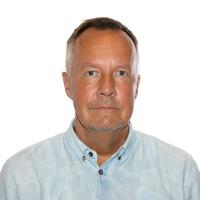
Linda Thelin, Slottsskogens Djurpark
Linda works as a zoological curator at Slottsskogen Zoo. She has a background in biology, pedagogics and nature interpretation. Linda also works for other organisations, and the common factor for all assignments is that they aim to increase commitment to biodiversity and sustainability issues.
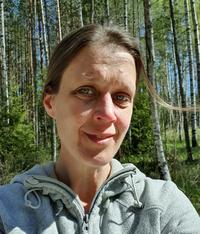
Eskil Mattson, IVL - Swedish Environmental Research Institute
Eskil is a researcher and geographer at IVL with extensive experience in nature-based solutions to climate change with a focus on sustainable forest and multi-functional land use management. He has vast experience in ecosystem services, biodiversity, forest carbon stock assessments, climate policies and environmental management, both on a technical and policy level.

Viktor Elliot, Department of Business Administration, University of Gothenburg
Viktor is senior lecturer in the Department of Business Administration and has a background in Business Administration with a special focus on Bank Management, Regulation, Financial Institutions and Markets, Supply Chain Finance, Management Accounting and Performance Management. Viktor represents the Center for Finance in the competence center for finance at Business Region Göteborg. In recent years, he has been working in the field of sustainable finance and is involved in the Mistra project BIOPATH.
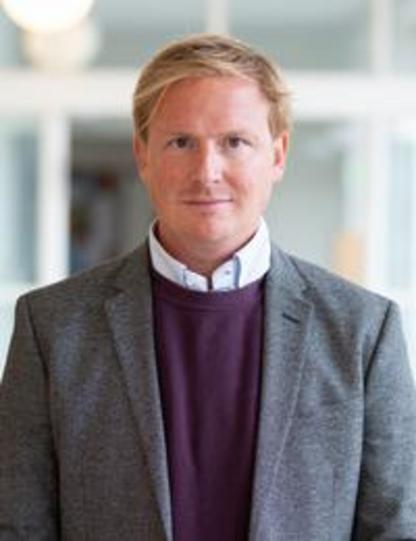
Paula Bäckman, Naturbruksförvaltningen
Paula is an area manager at Naturbruksförvaltningen, Region Västra Götaland where she works towards green industry's sustainable growth and development through the region's nature management schools, test environments in Skara, Svenljunga and Töreboda and through various collaborative projects with academia, research actors and green entrepreneurs.
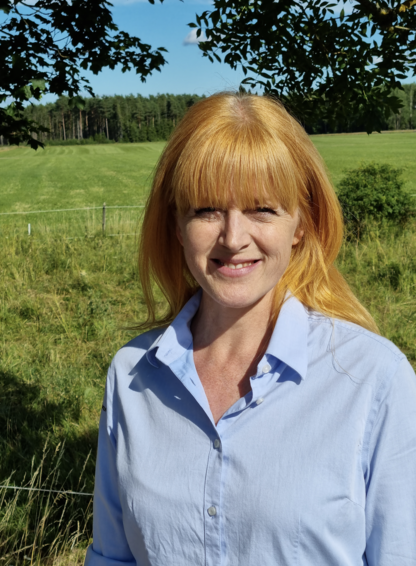
Adjunct Steering board
Kennet Lundin
Kennet works as a curator of the invertebrate collection at the Gothenburg Natural History Museum and is also an associate professor at the Department of marine sciences at the University of Gothenburg. Kennet's research focuses on nudibranchs and other marine invertebrates.
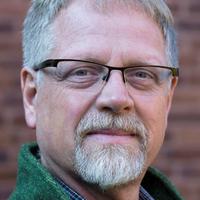
Mats Niklasson
Mats is the scientific leader at Nordens Ark. He works on multiple conservational projects including an Interreg funded project focusing on nordic bees.
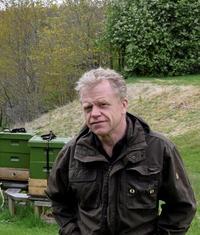
GGBC leadership
Director - Jenny Klingberg
Jenny is the Director of the GGBC. She has a PhD Degree in Applied Environmental Science and her main research interest is ecosystem services focusing on how trees can influence the air quality in cities. Jenny also works at the Gothenburg Botanical Garden with science communication and research.
